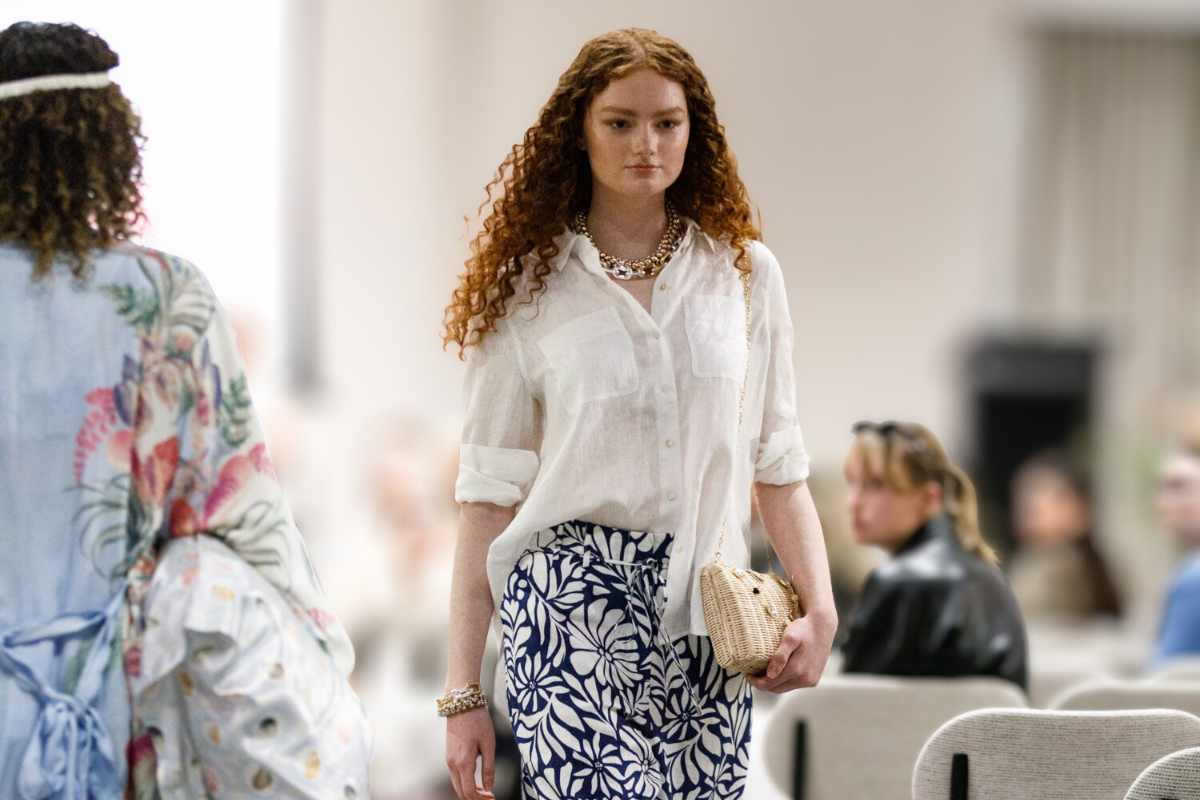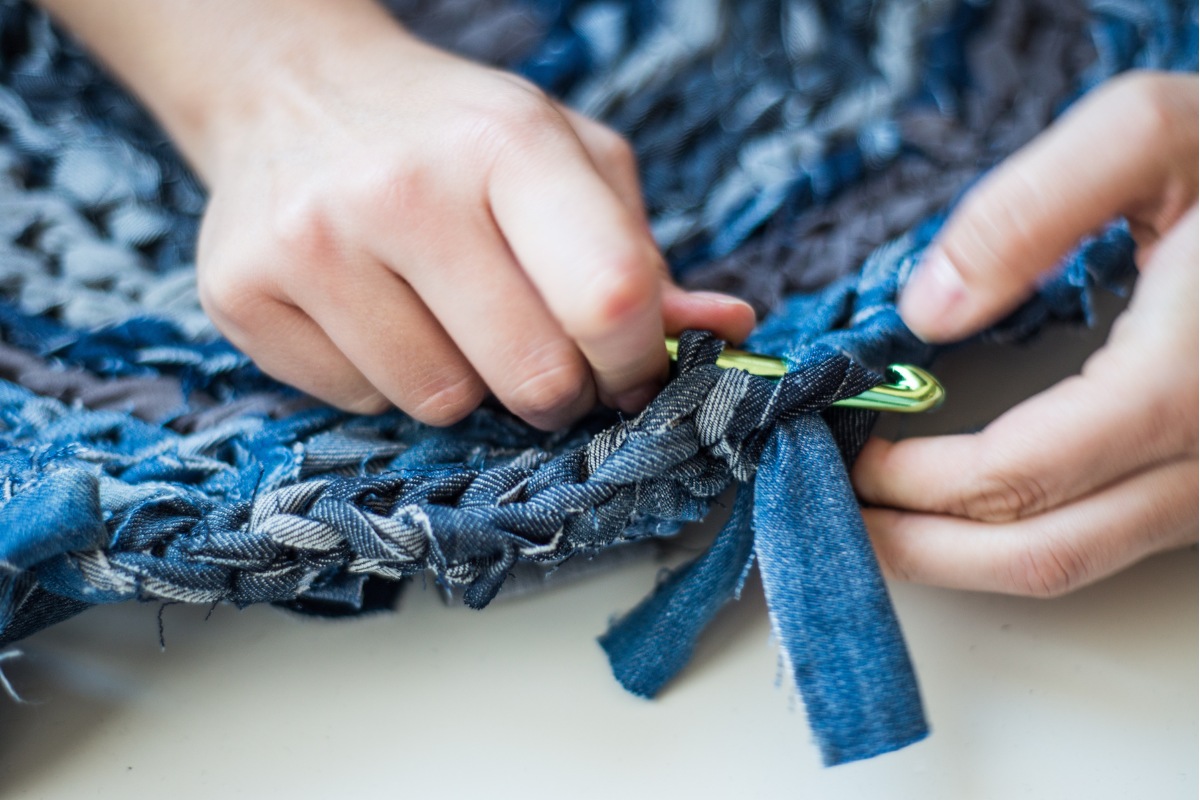As part of our program to support a coordinated national clothing collection, sorting, reuse and recycling system for Australia, the Seamless Circular Clothing Textiles Fund is delivering seven practical projects that are finding new, smarter pathways for clothes that can’t be worn again.
One of these projects is the Clothing to Construction initiative, led by ResourceCo. We sat down with Tom Lunn, Director of Strategic Development, to discover how his team and their partners are turning unwearable textiles — currently destined for landfill —into a valuable resource for the building and construction industry.
Tell us about the Clothing to Construction initiative
The Clothing to Construction initiative creates a real-world supply chain pilot to prove the viability of transforming unwearable clothing into high quality commercial insulation. Together with clothing brands, collectors, and equipment suppliers, we’ll collect and assess clothing that can’t be worn anymore. Then, leveraging our global contacts, we’ll use mechanical recycling technology to make a batch of insulation panels specifically designed for the Australian market. We’ll assess the insulation for compliance with building standards and will also test its performance in the real world with the local construction industry.
Tell us about the organisations you’re partnering with
At the start of the process, we’re working with Shred-X on uniforms and logistics, The Sussan Group for samples that aren’t suitable for resale and Salvos Stores for end-of-life clothing that was donated by mistake. Pellenc ST are sharing their global textile sorting equipment to help us identify, separate and control material types and colours and to remove contamination. This will allow us to deliver textile inputs at specifications which create high quality insulation.
ResourceCo is on a mission to build a large-scale, sustainable solution for end-of-life clothing in Australia. Collaboration across clothing brands, logistics, technology suppliers, and end-market customers is essential to a viable product offering. Together we’re uncovering, documenting and solving challenges - from the many material blends in clothing, to the need for automation and efficiency in onshore Australian manufacturing, to creating superior products that meet the needs of a competitive end market. Working together to solve challenges will greatly improve our chances of developing solutions and capabilities that meet the needs of both the clothing and construction industries.
What are the new aspects of the project you’re most excited about?
While insulation is just one of the products that can be created from recycled textiles, it’s especially suitable because it uses mixed fibres. Through controlled blending of cotton, polyester and other fibres we can regulate product density, vary insulation properties and improve fire retardance, moisture resistance, and other aspects of product performance. It lets us reframe unwearable clothing as a valuable resource rather than waste. That’s why automated sorting is so important — it ensures we’re using the right clothing properties to create the best possible new product, in the most efficient way.
Tell us how you’re drawing on global learnings and how they’re being adapted for Australia
We’re collaborating with a partner in Chile who has over a decade of experience in mechanically recycling textiles. They’re also providing guidance on advanced manufacturing techniques to achieve superior product performance. Independent testing by accredited Australian facilities will prove that the insulation complies with local standards. We’ll also supply insulation to the local construction industry so they can test the quality and value in commercial buildings.

What are the outcomes and learnings and how will they add to the evidence base for a national clothing system?
We’ve already achieved the first outcome - we’ve proven that leading companies from across the supply chain want to work together on solutions for improving clothing circularity in Australia.
We’ll document a huge amount of learnings. We’ll learn about the material inputs from unwearable clothing donations, end of life uniforms and industry samples. We’ll learn about the accuracy of labelling that shows the mix of materials. We’ll also learn about the capability of existing technology to sort post-consumer clothing inputs.
In less than six months, we’re planning to produce insulation that’s made from unwearable clothing which meets Australian building standards, and we’ll give it to the construction industry to trial and assess. All of this builds confidence for future investment in more clothing recycling capability in Australia and a level of certainty about future market demand.
Establishing a market for circular products relies on improving sustainable design and increasing reuse and recycling. Our common challenge is diverting more than 220,000 tonnes of clothing that goes to Australian landfill each year, and recycling has a really important role to play as every item of clothing will reach the end of its life one day. We can play our part in maximising the value of textiles with a solution that is practical, scalable and commercially viable.





